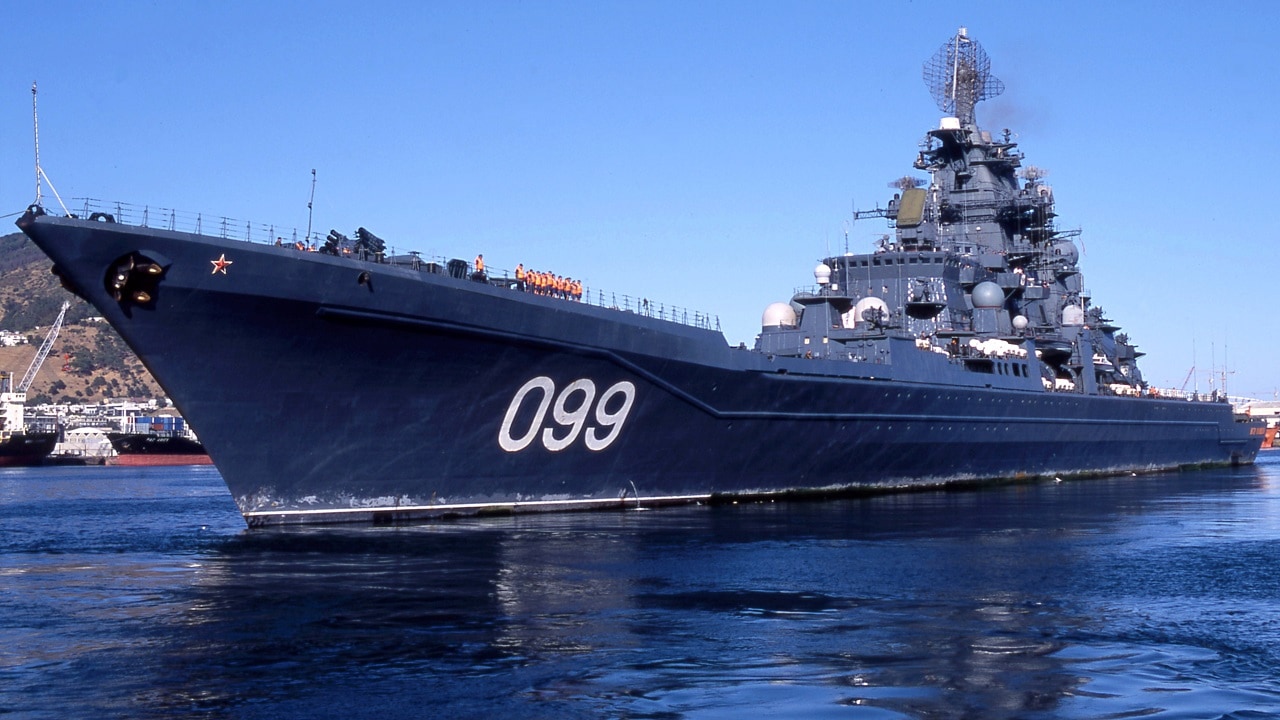The Kremlin’s forces continue to be pushed back on the battlefields of Ukraine, and Russia’s navy is in a woeful state, so someone in Moscow has some serious chutzpah.
Russian state arms seller Rosoboronexport announced this week that it would demonstrate Karakurt-E and Sarsar missile corvettes at the Vietnam Defense 2022 arms show in Hanoi.
“Rosoboronexport presents a wide range of naval products: the Gepard 3.9-class frigate, the Project 22160 patrol ship, the Project 21980E special purpose craft, as well as the Karakurt-E and Sarsar small missile ships,” the company’s press office said in a statement, Tass reported.
The vessels themselves are not traveling to Vietnam, but scaled mock-ups and video/interactive presentations will be available for interested parties.
The company will also display a wide range of missile, artillery, and torpedo armaments for ships and submarines, as well as air defense assets, communications, sonars, underwater/surface target acquisition sensors, and anti-saboteur capabilities.
The international arms trade show will begin on Thursday and continue through the weekend.
Russian Hardware on Display
Rosoboronexport is also showcasing a number of aircraft, some of which will be sent to the show. These will include the Sukhoi Su-57 (NATO reporting name “Felon”), the export model of the Kremlin’s fifth-generation multirole stealth fighter.
Among the ground-based systems that will be on display are the T-90S and T-90MS main battle tanks, as well as the Terminator tank support fighting vehicle, the TOS-1A heavy flamethrower system, the upgraded Msta-S self-propelled howitzer, and the Khrizantema and Kornet-EM anti-tank missile systems.
The Gepard 3.9-class Frigate
The Project 11661 Gepard 3.9-class frigates were developed as successors to the Soviet-era Koni-class frigates and Grisha-class corvettes. The warships were designed to search, track, and counter enemy surface, underwater, and air targets, either independently or as part of a group. They also perform convoy operations and patrols, and provide protection of the state border and maritime Exclusive Economic Zone.
The 1,500-ton warships are equipped with a Uran-E shipborne missile system or a Club-N integrated missile system and can carry either a Ka-28 or a Ka-31 helicopter.
Vietnam is currently the only export customer for the Gepard 3.9-class frigates. It purchased two of the vessels in 2011, while two additional ships in an anti-submarine warfare configuration entered service in 2018. Another pair are now being considered to bring the total fleet to six vessels.
By contrast, Moscow operates just two of the frigates, both with its Caspian flotilla.
Russia has not shown itself to be a naval powerhouse. It lost its Black Sea Fleet flagship, the Moskva, earlier this year – the ship was sunk by Ukrainian land-based anti-ship missiles. The guided-missile cruiser is the largest warship to be sunk by an enemy since the Second World War.
It will be interesting to see if any nation other than Vietnam shows interest in the naval assets Russia presents at the show.
A Senior Editor for 19FortyFive, Peter Suciu is a Michigan-based writer. He has contributed to more than four dozen magazines, newspapers, and websites with over 3,000 published pieces over a twenty-year career in journalism. He regularly writes about military hardware, firearms history, cybersecurity, and international affairs. Peter is also a Contributing Writer for Forbes and Clearance Jobs. You can follow him on Twitter: @PeterSuciu.

